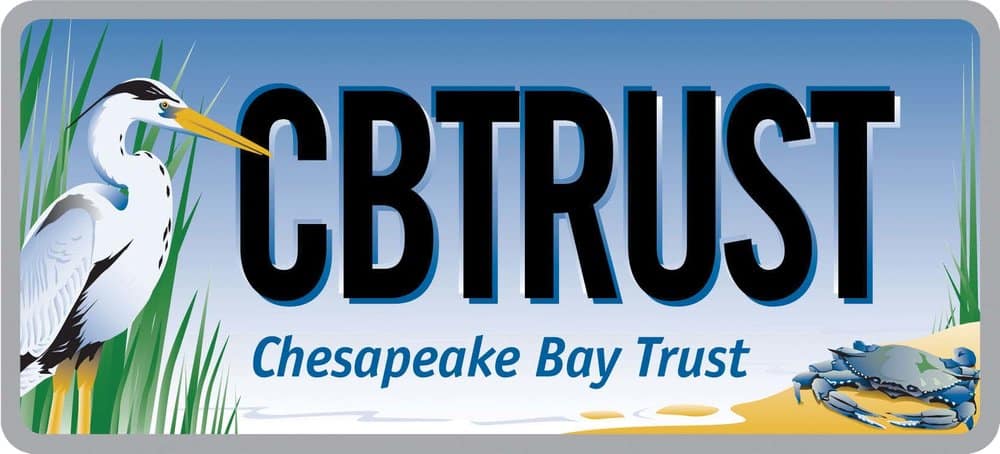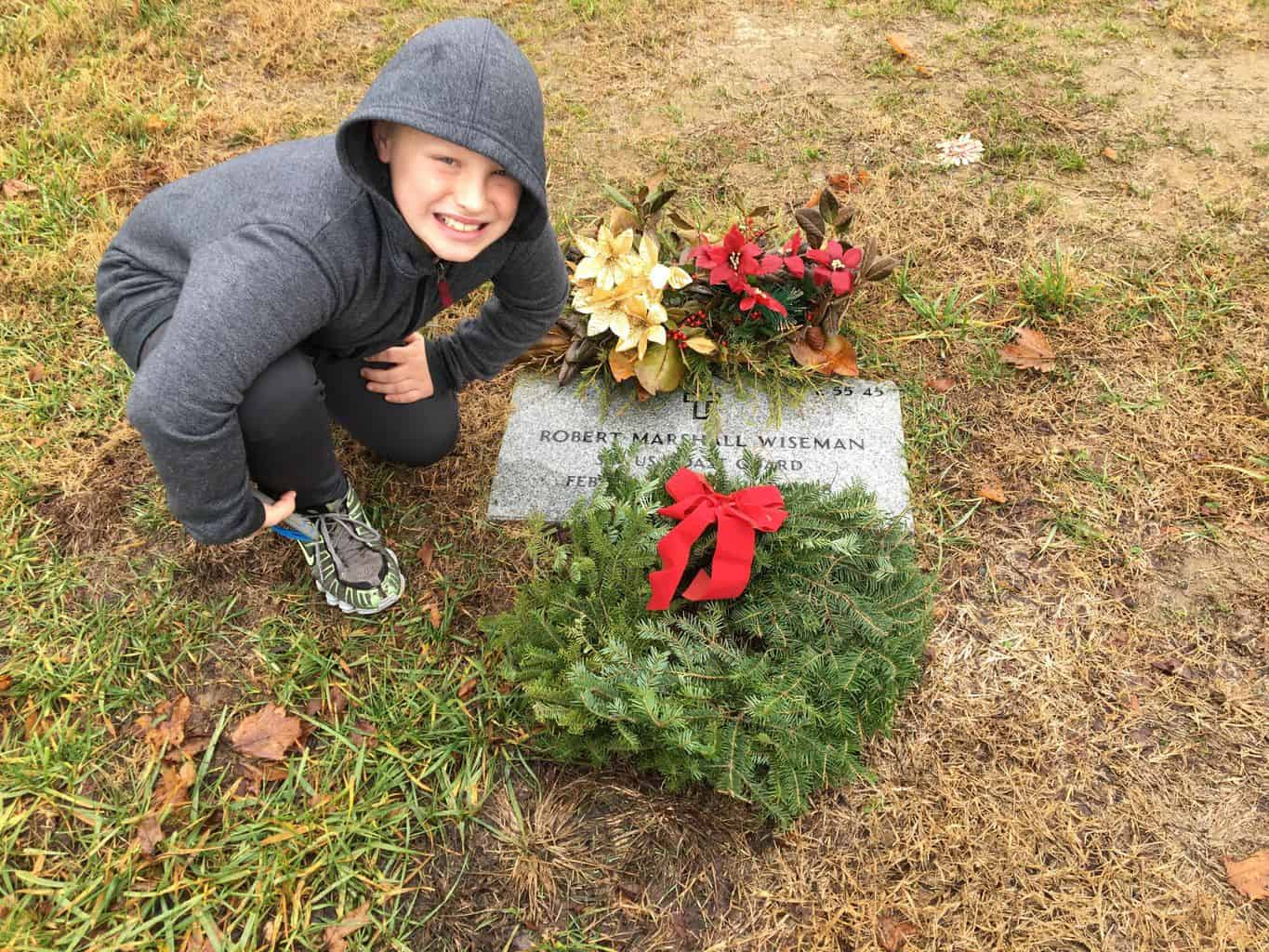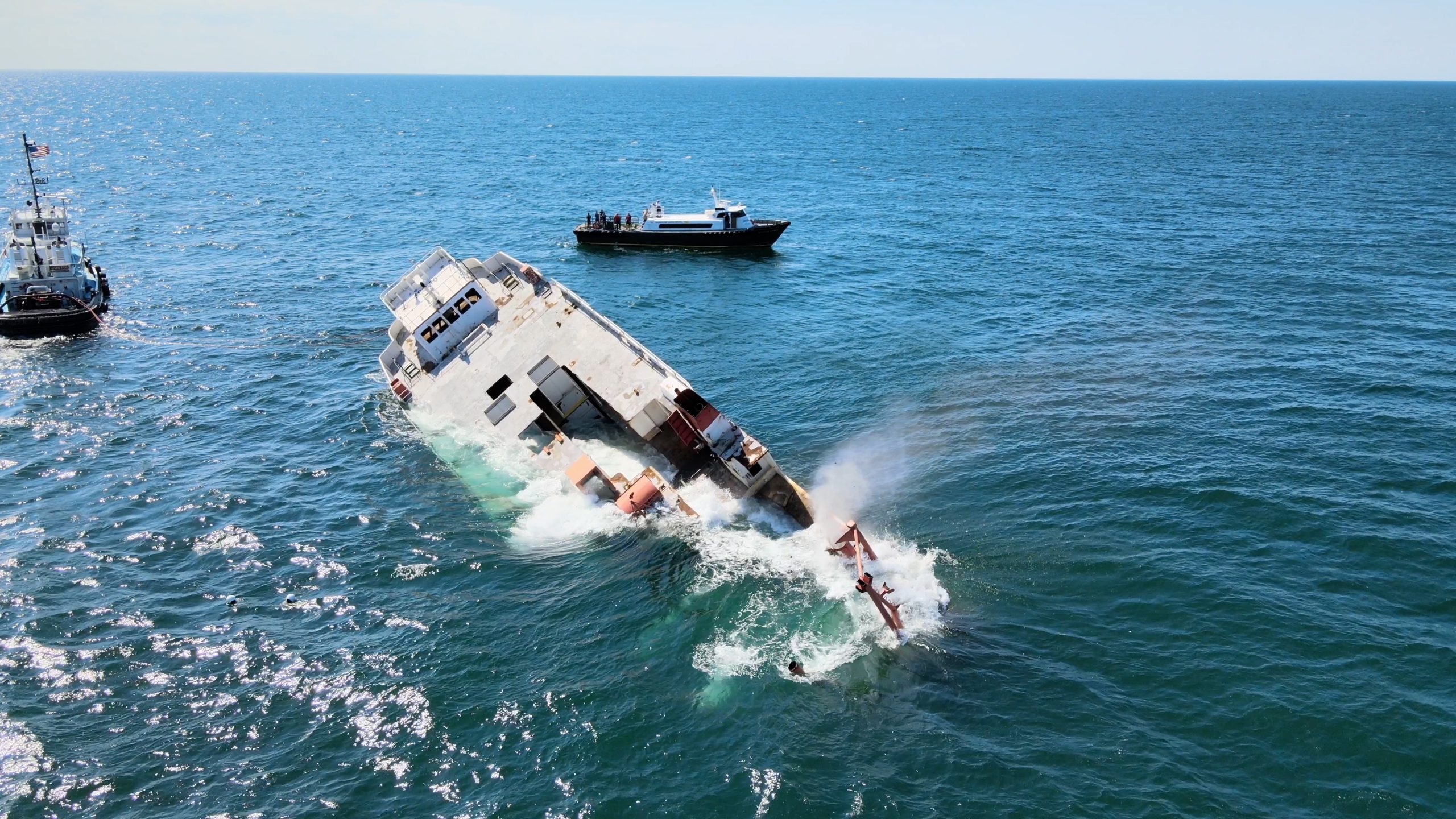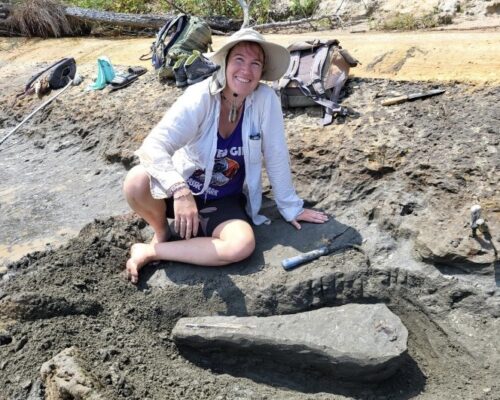by Laura Boycourt
You see them in bumper-to-bumper traffic on Route 50. They might be on your buddy’s truck at the boat ramp. Maybe one’s visible in your own driveway. You know, those distinctive blue “Treasure the Chesapeake” plates with the heron and crab. But what’s behind this initiative and who benefits?
The Trust
Tucked away in a brick office building on the east end of West Street in Annapolis is the Chesapeake Bay Trust, a grant-making and seeking non-profit. Started back in 1985 when the Maryland General Assembly decided to create a license plate to benefit the Bay, the 501(c)(3) is overseen by a board of trustees, the majority of whom are appointed by the governor. The board is responsible for hiring the trust’s executive director who, in turn, hires the staff.
For more than 30 years, the plates have been the most successful fundraising initiative lead by the Chesapeake Bay Trust to support their quest for a healthy watershed. From funding environmentally-based field trips for kids to revitalizing waterfronts and helping to reduce pollution, the Trust is granting wishes big and small—all in support of a better Bay.
Since the Trust’s inception, the famed Bay plate remains $20 to purchase, with half going to the MVA, the other half to the Trust. An annual $10 tag renewal fee also benefits the organization. Executive Director Jana Davis says that while thoughts of metal benches and long lines come to mind when the MVA is mentioned, the folks at the Administration rally behind the plates. So do drivers,
it seems. Davis reports that the program, which is the Trust’s primary source of revenue, raises approximately $3 million each year. “That’s a lot of kids on field trips. That’s a lot of trees planted on church grounds,” she says. “We want people to know that Bay plates really do wonderful things.”
In addition to Bay plates, the Trust raises funds from a variety of other sources including donations, a tax check-off, local partnerships, and assistance from state and federal levels.
The Grants
From potential grant recipients seeking to green a small community space to those hoping to undertake a major restoration project, chances are there’s a grant that fits. The Trust offers everything from substantial funding to a number of mini grants under $5,000. The funded grants and projects listed in the organization’s 2015-2016 Annual Report range widely in their grant size and environmental impact.
A small sampling:
-The Crisfield Heritage Foundation received $3,500 to host an event honoring the traditions and culture of life on the waterfront.
-Nearly $30,000 was awarded to The Salvation Army in Harrisburg for a storm water retrofit of its parking lot.
-The Capital City Public Charter School in DC was granted nearly $5,000 for a field trip to Hard Bargain Farm and a marsh grass planting project for 5th graders.
-About $750 went to the Pine Ridge Crossing HOA for a community planting project.
From West Virginia to Pennsylvania, grant recipients throughout the watershed have been able to use trust funds to improve their corner and understanding of the Bay.
When it comes to vetting grant applications, Davis says, “We consider our external review system pretty rigorous.” Grants over $5,000 undergo an external peer review by field experts. Davis says the proposals are reviewed multiple times and the committee’s recommendations are presented to the board. And although a grant may be small, its review remains mighty. “At least several sets of eyes will work hard to make sure it gets the proper attention,” says Davis. What’s more, a staff assistant is available to help potential grantees hone their ideas and create quality proposals. The trust also offers grant workshops and mentorship programs.
“So many people rely on the funding from us to do so much,” says Kelly Swartout, Director of Development and Marketing at the Trust. “For every grant that we can fund, there are two others that we can’t.”
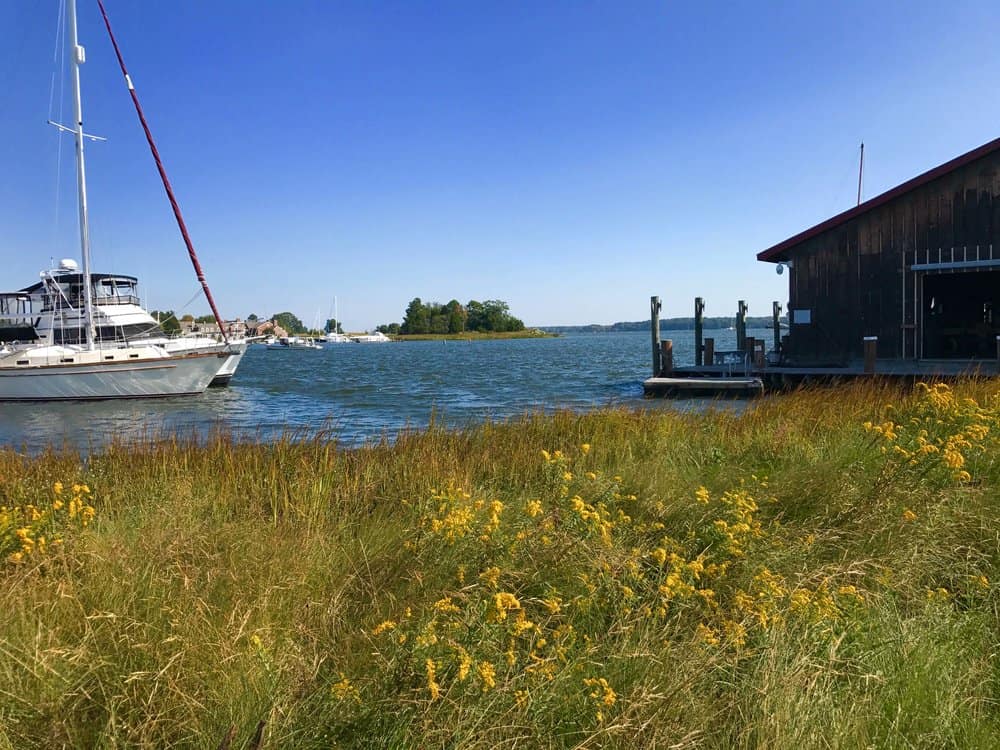
The Results
Chesapeake Bay Maritime Museum Living Shoreline
According to the proposals and Davis, two grant-funded projects in 2007 and 2012-2013 supported the revitalization of several shorelines stretches at the Chesapeake Bay Maritime Museum (CBMM) and along the Miles River. Completed by Environmental Concern, a Talbot County-based restoration company, the first project facilitated the redirection of storm water to a new living shoreline, stabilized the shoreline at Gilpin Point, and completed substantial marsh plantings. The second effort restored wetlands and connected the living shorelines between CBMM and the Inn at Perry Cabin. Davis says numerous volunteers and students were involved in planting native marsh grasses and other work within the projects.
The Museum’s Chief Curator, Pete Lesher, says the impact of the shoreline’s revitalization extends well beyond simply sprucing things up. “The living shoreline dampens wave action and physically protects the Chesapeake Bay Maritime Museum property, but it is important for two other reasons,” he explains. “It also provides an interpretive opportunity for museum guests, who regularly spot anything from horseshoe crabs to mummichogs on a waterfront that formerly was much more sterile. And we hope that this shoreline in such a prominent location also inspires some of those guests to undertake similar projects.”
Behnke Nurseries
The Beltsville, Maryland nursery, now in its ninth decade, is a prime example of how an inland mom-and-pop business can do big things for its community and the health of the Bay with assistance from the Trust. The nursery received two grants. Together, they created a demonstration catchment for stormwater, and the refurbishment of a “Rain Check Rebate Resource Center,” a display intended to educate land owners about seven of the best management practices they might consider installing on their own property. Prince George’s County property owners who install any of the seven best practices—rain barrels, rain gardens, green roofs, cisterns, permeable pavement, pavement removal, and urban tree canopies— are eligible to receive a rebate.
Horticulturalist Larry Hurley, who’s been part of the Behnke nursery family since the mid-80s, says the rain garden has proven effective. “We planted it with native plants selected from a list provided by the Chesapeake Bay Trust. It does capture runoff and trash so it performs a useful function as well as being a display garden/teaching tool.” Hurley notes that while the nursery has not installed a green roof on its facility for structural reasons, a green doghouse roof is on display. Although perhaps a bit unorthodox, it’s surely an entertaining example of the practice. Hurley says having received grants from the trust has made a positive impact. “It’s been a big plus for us. It’s helped us reduce our water load,
while acting as an effective sales and educational tool.”
Whether they’re working to help a group make an immediately visible improvement to the watershed or to inspire Chesapeake Bay stewardship, Davis and her team are grateful “to be the ones who are in the position to give people resources and then watch as they blossom.” So the next time you see one of those snazzy tags on the road, you’ll know it’s a badge of honor for the people of the Trust and the countless grantees who are making a difference for your Bay.
Laura Boycourt is a freelance writer, mom to two little pirates, and lifelong boater from Annapolis who’s perpetually in need of a large coffee and a salty breeze.

